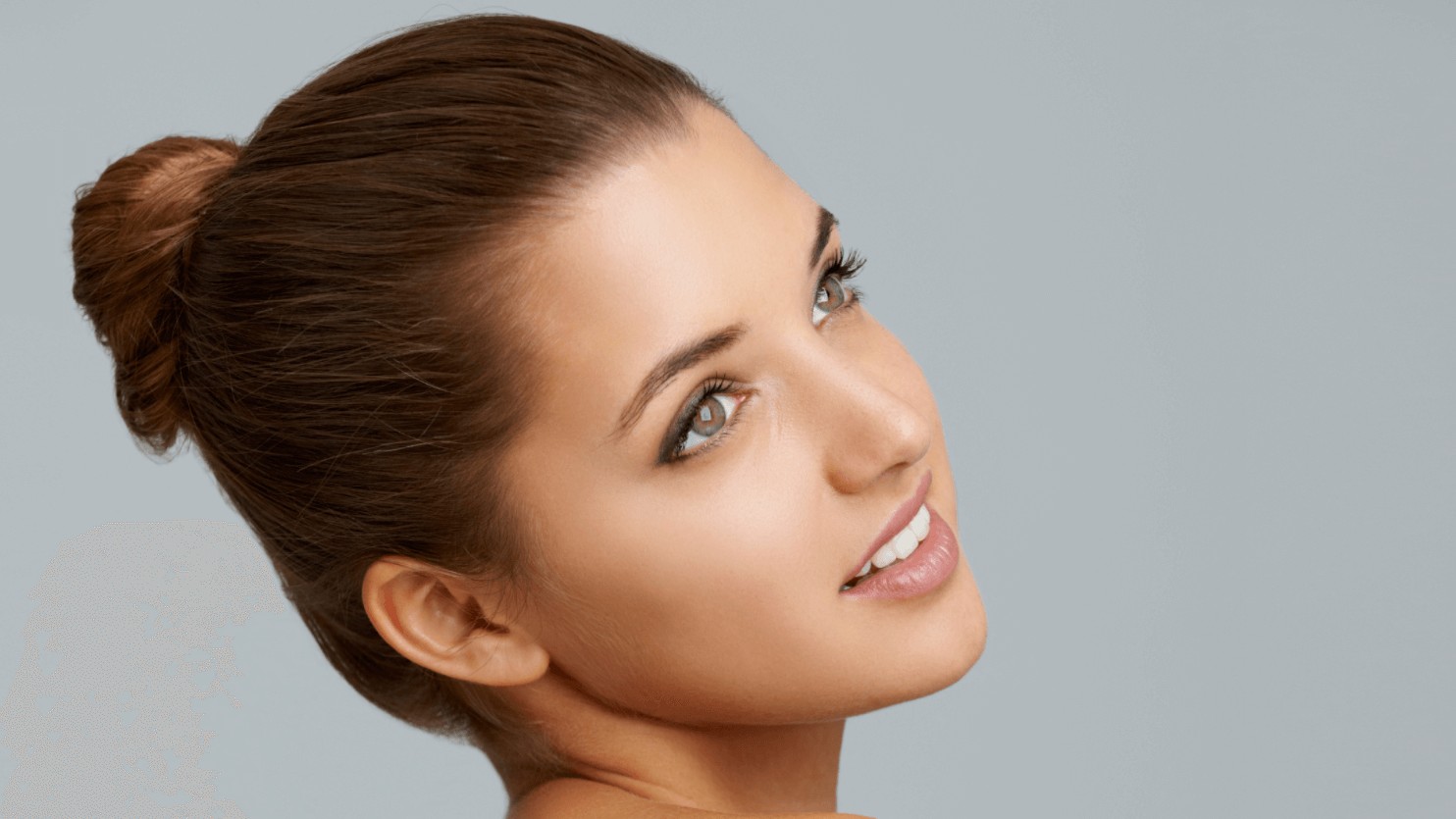Getting rhinoplasty is a big decision with a lot of factors to consider. That’s why board-certified plastic surgeon and rhinoplasty expert Dr. Manish Shah at Shah Aesthetic Surgery in South Denver is very candid with his patients and will always take the necessary steps to provide all the needed information. If you decide that you want or need rhinoplasty, the first step in the process is to schedule a consultation with Dr. Shah.
Your initial consultation
During your consultation, Dr. Shah will allow for a physical examination of your nose after discussing your relevant pre-history. He will then typically take multiple pictures of your nose from various angles to assess the anatomy of the nose for rhinoplasty surgery. The digital photos are loaded into rhinoplasty simulation software that can demonstrate various changes to your nose to give you an approximate idea about your possible outcomes. Rhinoplasty simulations are not a guarantee or warranty of any particular outcome, and all patients should be realistic about their expectations.
Are there any complications to rhinoplasty?
Complications from rhinoplasty surgery are quite rare, but they can include the following: bleeding, infection, scarring, wound healing problems, asymmetry, numbness, soft tissue loss, breathing problems, septal perforation, dorsal saddle nose deformity, stiffness, need for revision surgery, dissatisfaction with the cosmetic outcome, reactions to medications and anesthesia, heart problems, lung problems, brain problems, and death. While this might sound scary, rest assured that you are in great hands with Dr. Shah. As a specialist in rhinoplasty surgery in South Denver, Dr. Shah will ensure that you are well educated and prepared for a successful rhinoplasty procedure.
What are the different types of rhinoplasties?
Rhinoplasty consists of multiple different types of procedures and techniques depending on your situation. In an open rhinoplasty, the incisions are made on the tissue between the nostrils or on the natural crease of the nose just above the lips. This allows for greater access and view of the confines of the nose. The skin of the nasal tip and bridge is gently lifted to reveal the internal structures of the nose and redraped once reshaping is completed. The scars are less than 5mm, so they are not easily noticeable once fully healed.
During closed rhinoplasty surgery, incisions are made to the inside of the nose through the nostrils. This is a common technique for patients who desire mild reshaping. This approach does not cause visible scarring. For severe reshaping cases, the open rhinoplasty technique will be implemented. Dr. Shah has significant experience using both open and closed rhinoplasty techniques, so he will be able to determine the right approach for you.
Nonsurgical rhinoplasty is often used to hide mild irregularities on the nose, elevate the bridge, revise a previous rhinoplasty, and camouflage a nasal hump. For minor reshaping, some patients can opt to try an injectable filler to achieve results. These come in a variety of liquid substances, and sometimes a fat transfer can also be utilized.
Tip rhinoplasty is a very common procedure. A nasal tip that doesn’t blend into the rest of the nose or the rest of the face can cause visual disharmony. Nasal tips can be rather bulbous, squarish, round, downward pointing, upturned, pointy, and/or elongated. A tip rhinoplasty changes the appearance of the tip of the nose by either adding, reshaping, or removing some of the cartilage of the lower lateral cartilages.
Functional rhinoplasty is a nose surgery designed to improve the function of the nose without significant changes to the appearance of the nose. Some signs that you may be suffering from an inadequate, obstructed nasal airway include breathing with your mouth open, having a difficult time smelling scent, and nasal congestion. If left untreated these symptoms could develop into more serious issues, such as nosebleeds, obstructive sleep apnea, hypertension, sinus pressure headaches, reoccurring sinus infections, and even heart disease.
A preservation rhinoplasty works by respecting the SMAS, complex ligaments, and skin envelope within the nose to preserve the natural dorsum. Dr. Shah utilizes advanced techniques as a way to retain as much of the patient’s bone and cartilage as possible while also reshaping the nose for the desired effect. This approach can provide a more natural-looking outcome for patients.
Where can I find more information about rhinoplasty?
At Shah Aesthetic Surgery in South Denver, Dr. Manish Shah has performed more than 10,000 surgical procedures, including more than 2,000 facelifts in Denver. He averages around 75 eyelid surgeries and 50 rhinoplasties per year. If you feel like you need rhinoplasty, contact us today for a comprehensive consultation.




